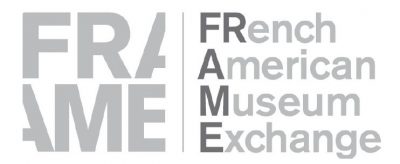On view at the Centre de la Vieille Charité, Marseille from May 19 to September 26, 2021.
The exhibition recounts the history of the Surrealist movement in American Art, from the 1930s to the late 1960s. This show revisits the common and accepted idea that New York artists discovered Surrealism with the arrival of European artists in exile – most of whom fled Europe under Nazi domination.
The exhibition opens with the presence of a group of European Surrealist artists in Marseille in 1940-1941, waiting with André Breton for an imminent departure to the United States. While the arrival of these European artists in New York is still described as a revelation for young local American artists, the exhibition shows that Surrealist works had been displayed and had great success since the early 1930s on the East and on the West Coast of the United States.
During the years of war, European Surrealists in exile gathered on the East Coast of the United States and they continued to make works of art, sometimes with significant evolutions. They echoed the creation of young local artists which generated a transatlantic Surrealism, renewing the forms and the practices of this artistic movement with two variations that moved apart gradually: a figurative manner and an abstract manner. Both variations are widely addressed in the exhibition.
Nearly 180 works and more than 80 artists are presented in this show, among them: Victor Brauner, Max Ernst, Salvador Dalí, Joseph Cornell, Arshile Gorky, Jackson Pollock, Mark Rothko and Louise Bourgeois. The exhibition highlights the rich Surrealist and Post-Surrealist collections in French and American museums thanks to the FRAME network and private collections.


